Exclusive: Marvel for Monsters – Talkin’ Horror Shorts and Monsters with Crypt TV Co-Founder Jack Davis!

One of the very best platforms for innovative horror short films out there is Crypt TV. Formed in October of 2014 by director Eli Roth (Cabin Fever, Hostel) and Jack Davis, Crypt TV has grown into one of the major horror powerhouses online.
And this past weekend I was able to sit down and have an in-depth chat with co-founder Jack Davis. We geeked out about monsters, mayhem, and movies (including his favorite horror film, which you can find below) and had a f*cking blast!
Below you can find our entire horror-geek back-and-forth, and if you are an aspiring horror filmmaker or looking to craft more effective fright flicks (short or feature-length), I suggest taking Jack’s words to heart. The man really knows his stuff!
Now let’s get to it…
***
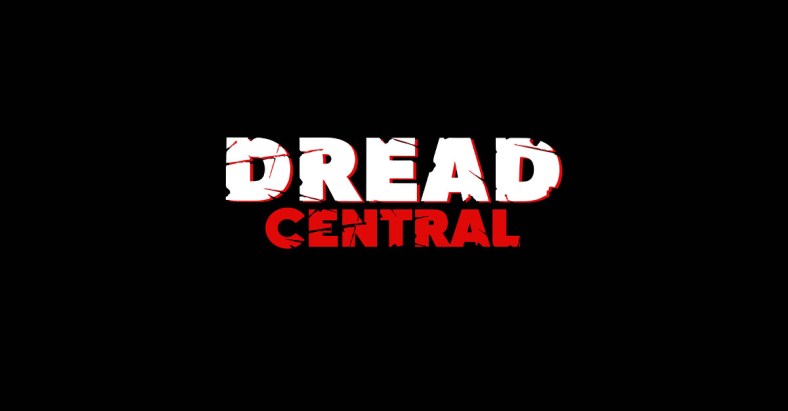
Dread Central: What was the initial idea that sparked Crypt TV?
Jack Davis: The initial idea that sparked Crypt TV was that there was no real original video content for scary on digital. My co-founder’s Eli Roth, director-writer extraordinaire, and we started Crypt TV as a test in October 2014. I had known Eli for about a year and I’d seen how companies like Fullscreen or AwesomenessTV were really doing great with original video on digital, and no one was doing it for scary.
Having grown up in Los Angeles, I knew scary’s always been a huge part of entertainment culture. Like, there has never been a period in our cultural history where scary wasn’t a big category, and the best scary—Freddy Krueger, Frankenstein, Pennywise—is as big and as relevant as anything.
I had been friends with Eli, and I said: “Hey, let’s try and create an original digital video brand around scary.” And we did a contest called Six Second Scare in October 2014. Upload your scariest six-second video to Vine, the winner gets to develop their idea with Eli. That was kind of our test to see if people could actually make scary content for the phone and if people would actually enjoy it. The contest blew up past our wildest imaginations, and Crypt TV was born.
DC: Where does most of your traffic come from?
JD: We get a huge amount of traffic from Facebook. In August, we started posting to YouTube. We had never really posted to YouTube at all, actually, before August, and now we’ve hit 400,000 subscribers. So we’ve seen very fast growth there. I think we’ll be at a million subscribers in April or May of this year.
We’re seeing increased traffic from YouTube, but Facebook is a huge source for us, from our Facebook Crypt TV page to our new Facebook show pages. We did 110,000,000 unique organic views on our Crypt Monsters show page in December on just that page alone.
DC: How has the YouTube horror apocalypse affected that?
JD: We are not relying on just advertising, so the adpocalypse that’s happened, I think YouTube actually, eventually, will favor companies like Crypt because we are brand safe. We make scary, and not everything is brand safe for professional companies… our best sponsors have such high production quality and high-quality content.
But ultimately, while we like ad money when we can get it, we’re really focused on telling great monster stories and building great IPs. So we track that stuff, but it doesn’t really worry us that much.
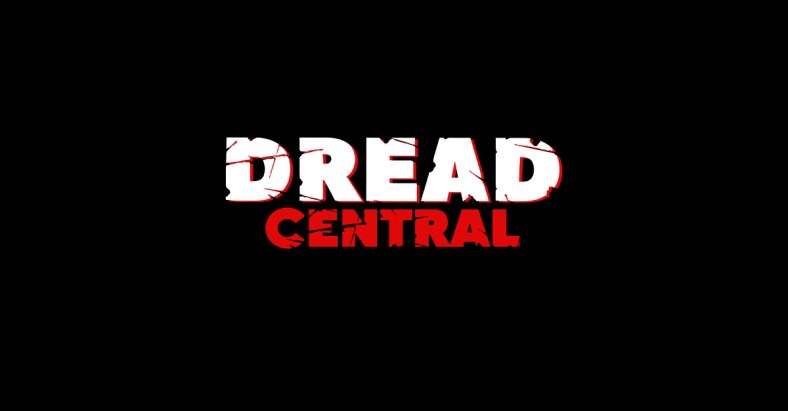
DC: After the initial idea for Crypt TV, how did it come to be?
JD: So we did that Six Second Scare contest, like I said, in October 2014. Jason Blum, the incredible producer of Purge, Paranormal Activity, Insidious, Get Out; he’s like the man who’s done it all, he saw what we were doing. He agreed to become our initial investor. So his investment hit March 2015, and we launched Crypt TV officially in April 2015.
The next step after Six Second Scare was bringing on Jason Blum as a partner. I mean, talk about how lucky I am to get to start with Eli Roth and Jason Blum, the most incredible partners as well as incredible people.
That was the first big step. And then I would say it took us a little while to find our footing. We got some press here and there, some good traffic here and there, but it was really about a year ago that we settled on this monsters strategy of building great monsters, and the company’s really taken off since then.
DC: How do you go about curating your content?
JD: We are always looking to tell great monster stories. The goal of Crypt is to be the Marvel of monsters. Marvel used the comic book because that was the way young people enjoyed content back then, and we’re using Facebook and YouTube because that’s where young audiences are now. And for only a few thousand dollars, you can reach millions of people if you’re effective on social media platforms, which we are.
We start by creating monster shorts or series. And then the great thing is when we have a relationship with the audience, and we get the level of traffic we do, we know right away whether or not something’s working. So we will create series or test shorts, and then when our fans respond to something like they did with some of our shows, “Sunny Family Cult” or “The Look-See” or “Giggles the Clown”, then we just grow it and make more of it.
And we’ve monetized from doing shows with partners like Verizon, go90, or doing live events, like “Giggles the Clown” was the opening weekend attraction at Knott’s Scary Farm. We’ve done merchandise. We do advertising for film studios. So we’ve done it all, but it all starts with growing the monsters that we see our fans organically respond to.
DC: Marvel for Monsters. Love it.
JD: Oh, thank you. Well, I appreciate that. We see the similarities because Marvel was started on comic books, but would you say that comic books are the core of their business today? Probably not. But the truth is great characters live forever.
I mean you’re, I’m sure, a huge scary horror fan yourself, and Freddy Krueger’s an amazing story, and it’s a powerful story; and a story that powerful, it doesn’t matter what the medium is. Things change, but the best characters live forever. So just like how Marvel’s characters live forever, we want our characters to live forever.
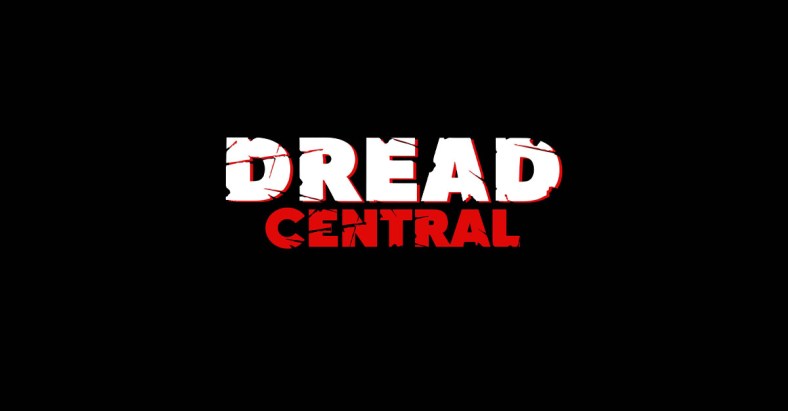
DC: What do you look for in horror shorts? Character, Scares, Story?
JD: I think you need all of it. We obviously care if it’s got that powerful visual because we’re trying to build IPs. We do have relationships with IP merchandise and we have relationships like live events. And if you’re looking at scary, the iconic Freddy Krueger, that visual does matter, but nothing matters without the story.
You can only scare people if you bring them in if you make them care. And yes, Freddy Krueger is a great visual. But it’s also Wes Craven, a genius filmmaker: this guy was meta before meta existed, and the idea of someone haunting you in your dreams, and the backstory of the child molester and the fire. It’s scary, it brings you in.
But that visual matters to us only so much. Yes, we have great traffic online, but nothing happens without great directors. Nothing happens without great stories. Nothing happens without people wanting to explore the mythology of the monsters we create.
I kind of like to think of it as an ecosystem. Nothing functions without each other. And without our great filmmakers and our great content team, nothing else matters.
DC: What makes the most effective horror shorts?
JD: You need to excite people in the beginning, middle, and end, and tell a three-act structure and really tell a story, no matter the timeline. Movies and TV are so incredible and have obviously dominated our entertainment culture, but I don’t always think you need 90 minutes to tell a great story or 60 minutes.
We’re telling great stories in six minutes sometimes, but that’s the key. You can still tell a great story. Just because the duration is less than a typical movie, don’t think you can’t tell a great story and don’t think you can’t be passionate about the storytelling.
You have to be passionate about the storytelling. I think that’s key. That’s why we like working with filmmakers who are excited about digital. They don’t see digital as something smaller than movies or TV. They just see digital as a different format and they embrace bringing storytelling to that format.
And then also, I think, we’ve learned from our data that you have to tease a monster at the beginning, and then you’ve gotta hook that viewer. And you kind of have the monster consistently leave during your three acts. So you’ve got three acts over six minutes, but you can’t save the monster for the end.
You’re really competing for attention more than anything online. You’re competing for a viewer’s interest. So I think you can pique in the beginning by teasing the monster, and then tell a great story that keeps the hook, and then end with the monster.
DC: That’s very interesting because the rule of thumb throughout horror history was to hold the monster off. Keep it in the shadows and then bring it in the end. And so you’re finding that you can tell these compelling stories by putting the monster out there from frame one?
JD: That’s exactly what we’re seeing, but I still think we can’t lose the point you’re touching on. You have to also kind of tease it because if you show too much, you’re gonna ruin the story in the first ten seconds.
It’s like we have to do the balancing act. We have to do that careful dance of showing enough of the monster in the beginning, teasing it up in the beginning that makes you wanna watch it all the way through, but not showing so much that it becomes, “Oh, I’ve already seen one of these. I can click out of here.”
So yeah, traditionally you don’t need to show the monster until the end, or you might not want to. We have to keep that ethos of storytelling of not telling too much, but still showing something in that first bit to get the viewer hooked.
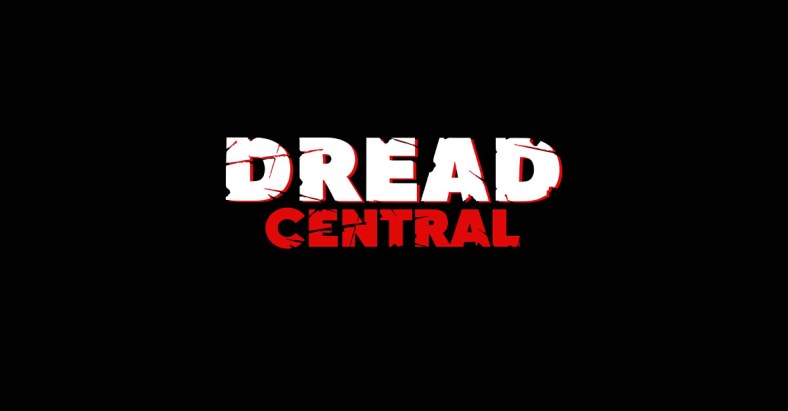
DC: What elements do you find hurt horror shorts?
JD: I would say my recommendation would be to embrace the nature of where people are watching. Don’t make a five-minute short thinking about how people would view a movie or TV show. Embrace that people are watching on maybe their phone, which is where most Crypt viewers watch, or their laptop or their tablet. Think about how you can use your story to cater to that because people are gonna be watching on mobile devices.
How can you mix it up, the story, so that it feels like it belongs on the phone?
Don’t try and make it a five minute TV show, or a five-minute movie, if that makes sense. Make an engaging short. Don’t just think of the audience as passively consuming it. Take into account the fact that they’re watching on their device, and maybe you should even watch your dailies or your final cuts on your phone or computer instead of on a big screen because that’s how your end users are gonna be watching it.
DC: I know it’s an impossible question, but do you have a favorite horror short that you’ve curated for Crypt TV?
JD: It is a tough question, because you can’t ask people to pick between their children, and you can’t ask me to pick between our shorts because I love them all for different reasons. But I will try and answer it because I wanna try and answer all the questions I’m asked.
I would say I’m personally a big fan of this series we did called “The Look-See”, which we did four episodes of, and we’re actually bringing back for a season two. It’s all about letting go of the past, and I think the monster’s awesome. It’s this great young filmmaker, Landon Stahmer, who’s 26 years old, who directed it.
So I’m very partial to “The Look-See”, but I love all of my monsters. I love “Sunny Family Cult” and “Birch” and “Giggles [the Clown].” I think we’re blessed to have many great monsters. I really couldn’t pick one, but in terms of just trying to answer your question, I will say I really love “The Look-See” and I’m excited about season two.
DC: When can we anticipate “The Look-See” season two?
JD: Hopefully, I would say, in March. Probably in March. We did four episodes that came out in October and November, and they did huge. So I would say you could look for season two of “The Look-See” in late February, early March.
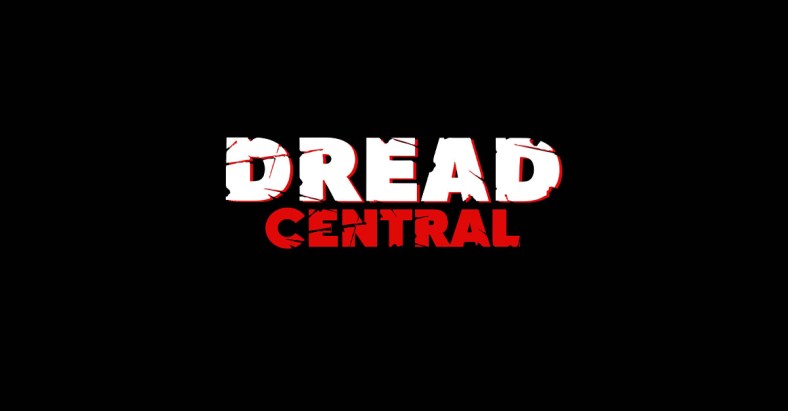
DC: What is in store for the rest of 2018?
JD: 2018 is gonna be the biggest year ever for Crypt. We are doing more and more episodes of our own shows. We make content for the fans. Yesterday, we released episode three of season two of “Sunny Family Cult.” That’s really exciting, and we’re making longer and longer content. I mean, “Sunny Family Cult”, just season two is gonna end up being like 50 minutes of content. And that Facebook show page for just “Sunny Family Cult” alone has over 200,000 followers.
We’re building huge audiences around specific monsters and properties. So I think you’re gonna see a lot more of that in 2018. Us making bigger and bigger episodes of our favorite shows, really engaging the fans. We’re gonna have great partnerships we’re gonna announce. We’ve done stuff in the past with live events and longer form content production and merchandise, and everything you’ve seen us do before, we’re doing ten times bigger and better this year.
But it’s all built around the fact that we want to bring the next generation of monsters to our fans. We make content for the fans. That’s why we’re doing this. That’s why we only grow stuff that’s already worked. So shows that people respond to, like “The Look-See”, like “Sunny Family Cult”, get excited about longer episodes, more episodes, and us bringing these great shows directly to our fans. Season two and probably season three.
DC: Awesome. Now, I always like to end with this question, “What is your favorite scary movie?”
JD: Final Destination 2. And that’s a very specific answer because it’s the first scary movie I remember watching that I actually loved from the jump because I think I saw it when I was 11 or 12 years old. I guess I was old enough to not be too scared and actually enjoy it.
I remember watching Final Destination 2, and I fell in love with the whole Final Destination series, and that would, I say, kick off everything. So Final Destination 2.
It’s like, in Final Destination 1, it was a little more serious in tone, and by Final Destination 2 they kind of realized… They’re like, “Yo, we’re having fun with this.” And then by the end, like The Final Destination and Final Destination 5, it’s kind of straight campy. Which is fine.
I kinda like Final Destination 3 because it was a little bit of a blend of the two of them, the two different tones. But I just love Final Destination 2.
DC: Finally, is there anything else you would like to tell fans of Crypt TV?
JD: I would like to tell them, again, everything we do, we do for you. We’re trying to tell exciting new monster stories, and we want to hear from you, because it’s the fans’ decisions and thoughts and interests that actually drive what we do. We are directly responsive to the fans, and that’s why we’re making this.
You can always tweet @CryptTV, Facebook us, Instagram us. You can tweet me personally, @NotJackDavis is my handle. Because we only exist to serve the fans, and we’re only around because of our fans, and we only show up every day to make better content for them. So we want your feedback.
***
Hell yeah!
We really appreciate Cryp tTV co-founder Jack Davis stopping by Dread Central and talkin’ monsters and mayhem with Mike. His insights are invaluable and expect Crypt TV to step up their already killer game big-time in 2018.
You can follow Crypt TV on Twitter, Facebook, and Instagram. And don’t forget to check out their official YouTube and, of course, CryptTV.com for all things horror.
Thanks for your time, Jack!
Categorized:News

